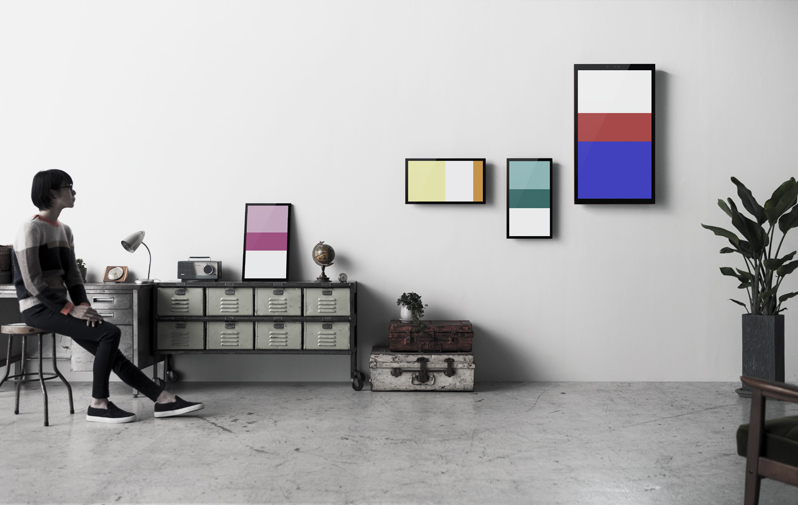This is the first time for me to be exposed into the term “generative art”, so I’m not sure if the following finds correspond to the theme properly. But at least, I’m sure they have some connections. :)
The first one I want to introduce is called “Collider”, a project that not completed yet. This is a project using physical modeling to interactively generate collisions and evolutions inside simulated collider system.
Here is the most recent progress:
This project appeared as incomplete at Eyeo 2 years ago, and here is the video at that time(generative but without interaction):
It is a really beautiful demo with interesting and creative physics modeling (maybe not completely truth-based). The author has made several similar but smaller projects to simulate possible problems may be met in this project, and he posted most of them in this article. These projects include collision detection, shockwave simulation, star system simulation and so on.
I always think physical modeling in art design is not an easy task, and it becomes even harder to make things not look weird — after all, real world is much more complex than a simulated system. This series of works did a great job.
————————–CUT—————————–
Synthesis is a series of workshops about generative systems for visual instruments.
The students in this workshop using Processing, MIDI controller and other hardware device to produce electronic music and using the parameters to generate virtual representation of the music work.
Most of the works are fairly creative and truly demonstrated the motion and progression of music, and I’m quite interested in the mapping from music to visual art. I can see some projects using volume to map the motion amplitude, and some might just manually mapped some striking sounds to shake visually.

